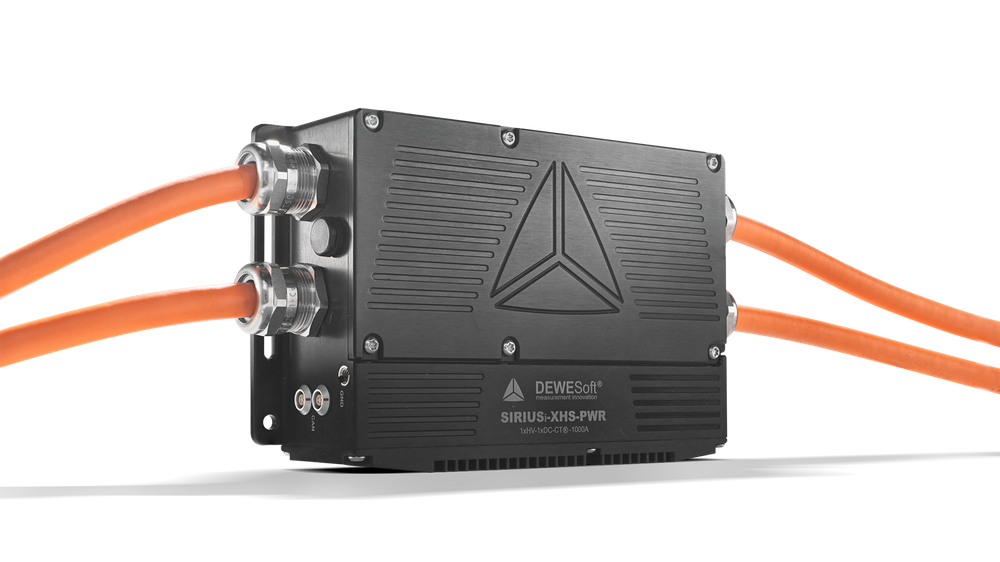The SignalCalc 900 Series Dynamic Signal Analyzer Channel and Signal Math Features
The Data Physics 200 Series Quattro Dynamic Signal Analyzer is now fully compatible with the 900 Series Software Suite, enabling a wide range of new features previously unavailable on the Quattro system.
One of these brand-new features, Channel and Signal Math, is the focus of this application note. This exciting new feature enables the creation of virtual "Math” channels in the time domain and "Math” signals in the frequency domain customized to each users’ analysis needs. Some of the operand available are averages, differentials, integration, differentiation, live high, low, and band pass filtering, and RSS.
Two of the commonly used features of Channel and Signal math are to apply digital filtering to time domain streams, and to average two inputs in the frequency domain. Digital filtering is applied in the channel table in the test setup by adding a Math Channel and selecting the Operand, in this example "BPF” for a Band-Pass Filter.
To set an 8th order Band-Pass Filter between 100-300 Hz on Input number 3, the following values would be set:
Then the Band-Pass Filter is created as a virtual channel in the Channel Table, as well as retaining the original unfiltered data in Channel 3. This virtual channel is treated within the software as any other channel. It can be recorded to disk and viewed in the frequency domain just like the original channel could be.
The other commonly used feature is the ability to average signals in the Frequency Domain. This is accomplished in the Signals Tab by adding a Signal Group. The "Average” operator is selected from the drop-down:
And then selecting which signals to average together:
As shown above, even the virtual channel 7 that was created can be included in the average. For error checking, the software conveniently displays the equation in the signals tab.
 We hope you found this brief introduction to Channel and Signal Math interesting. As mentioned before, these examples barely scratch the surface of the capability of the SignalCalc 900 Software Suite, now available on Quattro (200 Series).
We hope you found this brief introduction to Channel and Signal Math interesting. As mentioned before, these examples barely scratch the surface of the capability of the SignalCalc 900 Software Suite, now available on Quattro (200 Series).











 Find our Products by Region:
Find our Products by Region: